当前位置:网站首页>Understand the window query function of tdengine in one article
Understand the window query function of tdengine in one article
2022-07-05 09:44:00 【Tdengine】
As a Time series database (Time-Series Database),TDengine It provides the ability to automatically divide windows by time and execute queries . Do you know the purpose and usage scenario of this function ? This article will introduce you to this function and its typical usage scenarios .
What is window query ?
Time series data often need to be queried according to the collection time , In essence, it is to divide the time window on the time axis , And aggregate and query the data in the window . For example, the simplest scenario : Inquire about ”2018-01-01 00:00:00.000″ To ”2018-01-31 00:00:00.000″ Maximum value of raw data 、 minimum value 、 Average , be ”2018-01-01 00:00:00.000″ To ”2018-01-31 00:00:00.000″ It forms a query time window .
In practical production application , The query conditions required by business scenarios are often more complex than this , Time series database is required to be able to follow different rules 、 Divide windows along the time axis , And the time series data in each window are aggregated separately 、 Select operations such as calculation .
TDengine Detailed explanation of the three window query capabilities provided
TDengine from 2.2.x.x Since version , It supports three types of sequential window queries , Namely Equispaced window (interval)、 Status window (state_window) and Session window (session), It greatly simplifies the processing of time series logic in application development .
Window query , The query syntax from the sub table is :
SELECT function_list FROM tb_name [WHERE where_condition] [SESSION(ts_col, tol_val)][STATE_WINDOW(col)] [INTERVAL(interval [, offset]) [SLIDING sliding]] [FILL({NONE | VALUE | PREV | NULL | LINEAR | NEXT})]Window query , The query syntax from the super table is :
SELECT function_list FROM stb_name [WHERE where_condition] [INTERVAL(interval [, offset]) [SLIDING sliding]] [FILL({NONE | VALUE | PREV | NULL | LINEAR | NEXT})] [GROUP BY tags]Let's take a look at these three types of time window query functions .
1. Equispaced window (interval)
According to the fixed time window length , Periodically window the timeline , It also allows aggregate queries on the data in each window .

Let's take a look at the specific application scenarios of equispaced windows through a few examples .
In industrial production , There are many monitoring indicators that need to display the trend line in real time . But some indicators such as vibration , The actual acquisition frequency is very high , If you show the raw data, it will be difficult to see the trend , At the same time, because the amount of data is too dense , It will cause great pressure on the display of front-end pages .
But through interval Equispaced window , You can aggregate the original data according to the specified window length ( It is equivalent to downsampling the original data ), Then show the trend line , The amount of data that the front-end display needs to pull from the database will be greatly reduced , So as to significantly improve the efficiency .
The following figure , The green curve is based on each 60 The raw data collected once per second directly shows the drawn curve , The orange curve is based on the original data 5 The curve of calculating the average value after dividing the window in minutes , You can see the orange curve in this case , It well reflects the overall data change trend , The amount of data required for front-end drawing is reduced 80%.

The trend line of high-frequency data acquisition in actual production , Can be considered through TDengine Of interval The downsampling capability provided by syntax , Without losing the overall trend information , Show data quickly .


2. Status window (state_window)
The status window allows users to follow an integer / String type collection amount ( Generally, it is the value representing the state , Such as equipment working mode ) To divide the window , Record the status value continuously unchanged into the same window . Then the collected values in each window are avg/max/min Wait for statistical aggregation 、 Or calculate the state duration .
For example, the machine tool operation and maintenance personnel in the processing plant , It is necessary to count the working and standby time of each machine tool , This is essentially based on the working state “status” The value of this state quantity is used to divide the window , And count the window duration .
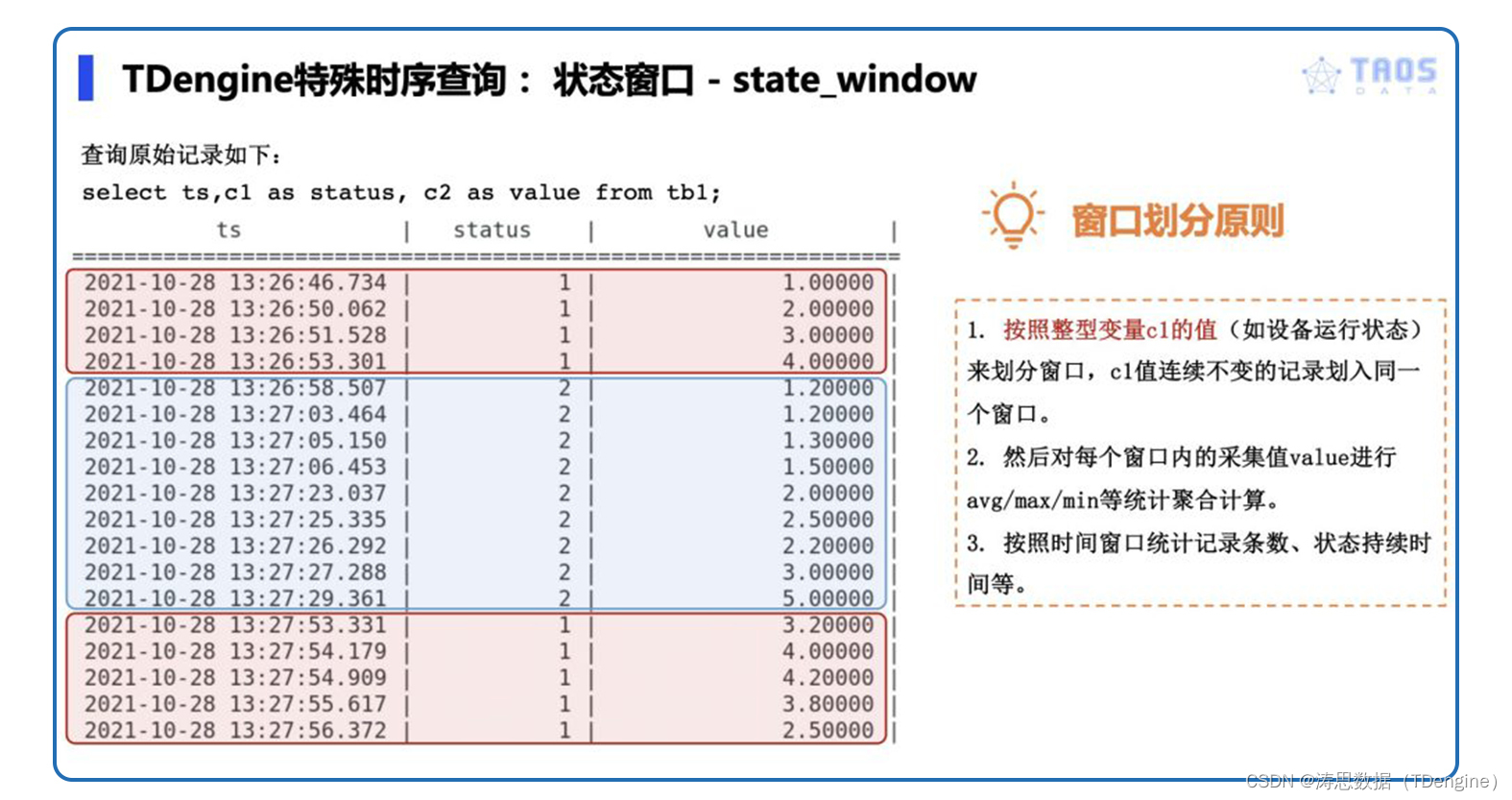
Above picture “status” Column , Represent the current working state of the equipment , The status window is right “status” Judge the continuous change of value , Three windows are divided , And you can aggregate each window separately , For example, calculate the start time in each window 、 End time 、 Total number of records 、 Average 、 Window duration, etc . These can be found in TDengine Pass a SQL Query statements are implemented directly , Specifically SQL The statement and query results are shown in the following figure .

3. Session window (session)
Before discussing the session window in detail , Let's first look at a typical application scenario of the Internet of vehicles platform : Vehicle travel is divided by vehicle driving data . A car starts from the start , The process of driving in the middle of stopping and stalling is regarded as a complete “ trip ”. When the car is moving , vehicle T-Box Generally according to 30 In seconds , Send its own status data to the Internet of vehicles platform ; When parking and stalling , No longer send . therefore , By analyzing the continuity of vehicle reported messages , The journey of the vehicle can be calculated .
The session window allows users to divide windows according to the time continuity of reported records , That is, the time interval between two adjacent records does not exceed a certain threshold , Then it belongs to the same window ; The threshold is exceeded , Then the old window ends , The new window starts ; Then make statistics such as duration for each window , Or perform various aggregation calculations on the original collected data in the window , It can be avg/max/min/count Or other user-defined functions .

The session window is for : Let users pass a SQL Statement to achieve sequential data “ Degree of continuity ” Auto partition window .
As shown in the figure below SQL Shown , User Settings session ( ts, 10s ), That is, the time interval between adjacent records is less than 10 The second record is divided into the same session window Inside ; And for intervals greater than 10 Two adjacent records of seconds are divided into different windows . In this way, blue is divided in the following figure 、 Red 、 Grey marks 3 A window , Each window can calculate the start of the window independently / End time 、 The length of the window 、 Statistics of interest to users such as the number of records in the window .

summary
In addition to the large amount of time series data 、 Besides the relatively simple structure , There are also a lot of timestamp processing involved in query scenarios . We often have to base on business scenarios , Group the collected data by timestamp and calculate . For this kind of calculation , If the developer reads the raw data into memory , Then the application layer program deals with the logic of time window division , You have to face the disk that reads a large number of original sequence records IO、CPU And memory overhead , At the same time, the code complexity of the business layer has also become higher .
If developers can flexibly use TDengine In this way Database The time series data window division capability provided , Combined with business scenarios , Select the appropriate window partition function to sink the relevant calculation load to the database layer , It can greatly improve the response performance of the system 、 Reduce load overhead , With half the effort .
Want to know more TDengine Database Specific details of , Welcome to GitHub View the relevant source code on .
边栏推荐
- 云计算技术热点
- SQL learning alter add new field
- Unity skframework framework (24), avatar controller third person control
- 测试老鸟浅谈unittest和pytest的区别
- Principle and performance analysis of lepton lossless compression
- 移动端异构运算技术-GPU OpenCL编程(进阶篇)
- First understanding of structure
- Understanding of smt32h7 series DMA and DMAMUX
- Node の MongoDB Driver
- A keepalived high availability accident made me learn it again
猜你喜欢

【组队 PK 赛】本周任务已开启 | 答题挑战,夯实商品详情知识
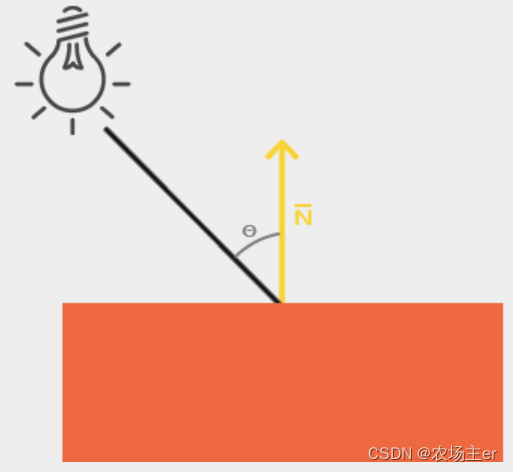
OpenGL - Lighting

What should we pay attention to when developing B2C websites?
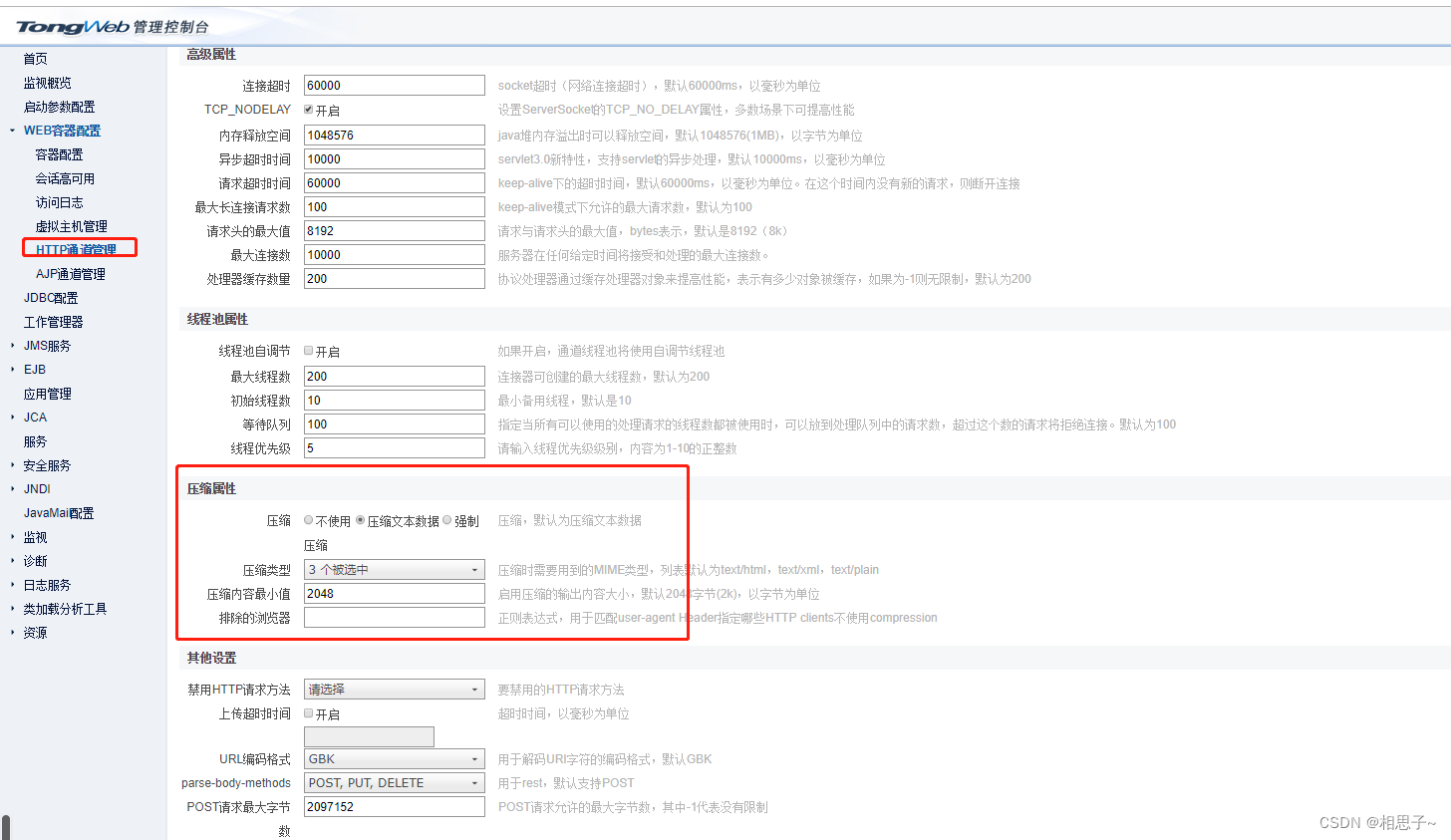
Tongweb set gzip

What should we pay attention to when entering the community e-commerce business?
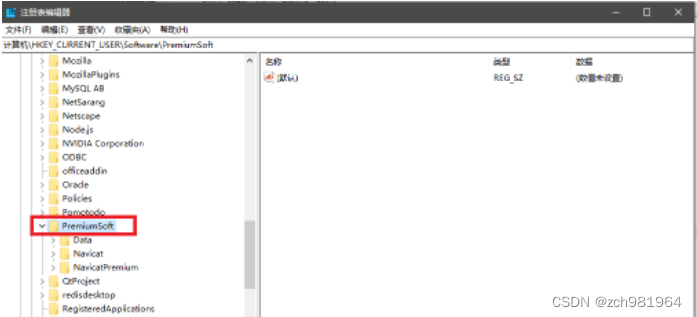
Solve the problem of no all pattern found during Navicat activation and registration

E-commerce apps are becoming more and more popular. What are the advantages of being an app?

Using request headers to develop multi terminal applications
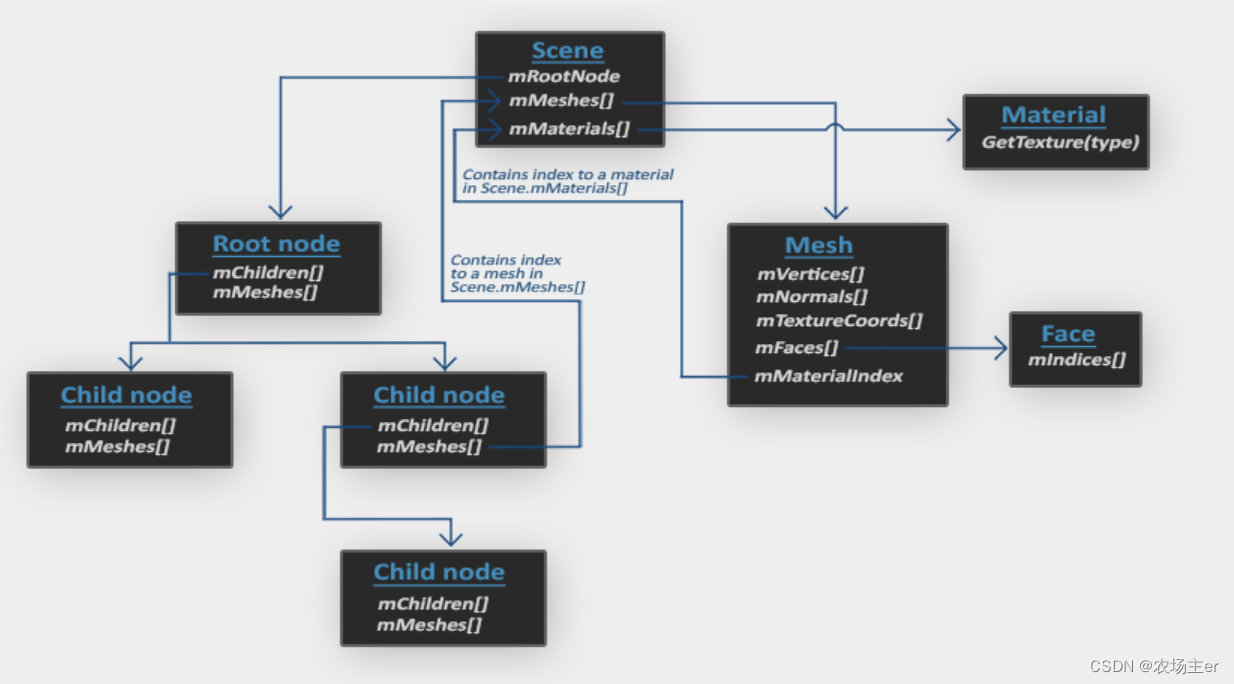
OpenGL - Model Loading
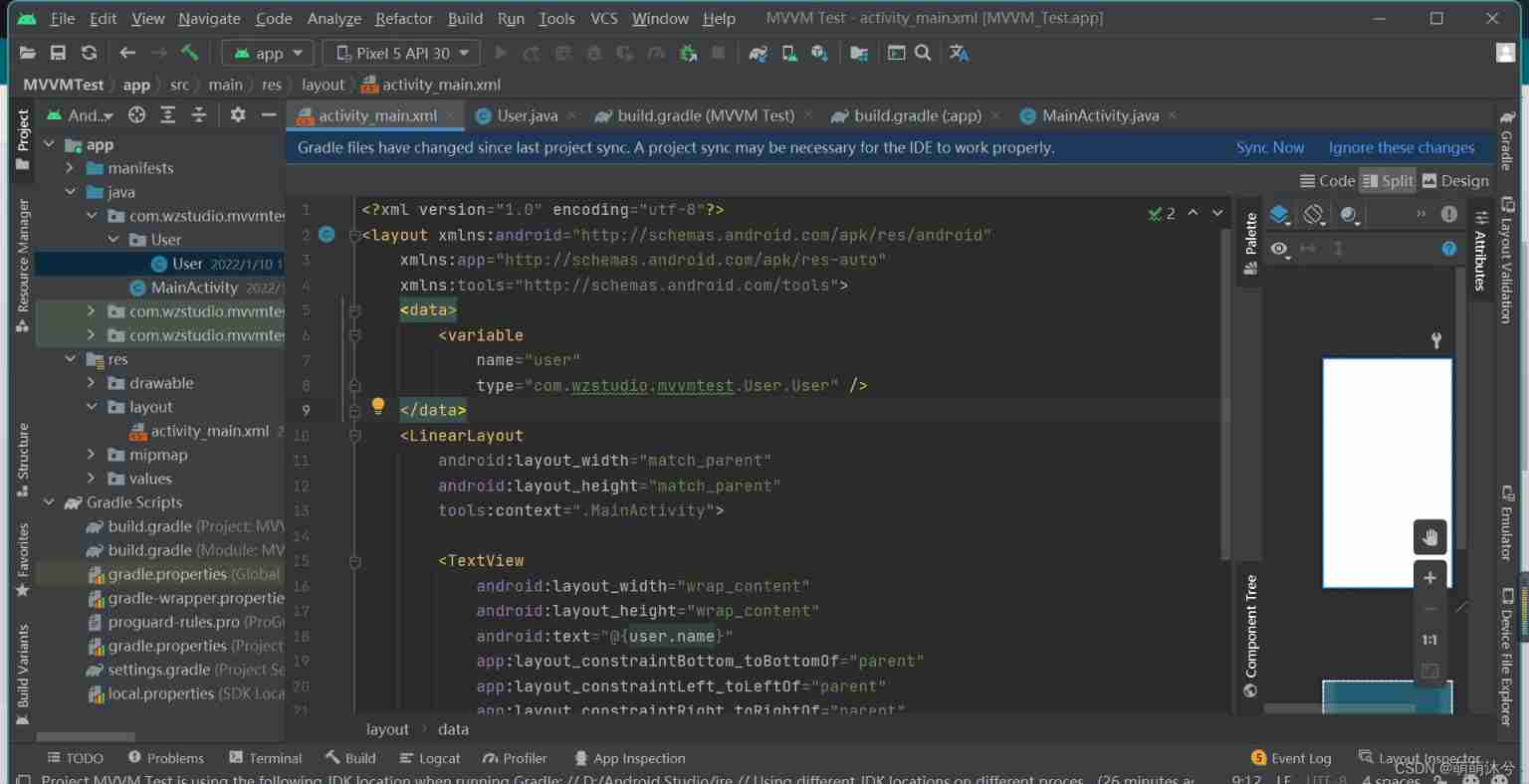
Can't find the activitymainbinding class? The pit I stepped on when I just learned databinding
随机推荐
植物大战僵尸Scratch
E-commerce apps are becoming more and more popular. What are the advantages of being an app?
Resolve the horizontal (vertical) sliding conflict between viewpager and WebView
初识结构体
22-07-04 西安 尚好房-项目经验总结(01)
Can't find the activitymainbinding class? The pit I stepped on when I just learned databinding
云计算技术热点
从“化学家”到开发者,从甲骨文到TDengine,我人生的两次重要抉择
NIPS2021 | 超越GraphCL,GNN+对比学习的节点分类新SOTA
Unity skframework framework (XXII), runtime console runtime debugging tool
uni-app---uni.navigateTo跳转传参使用
一篇文章带你走进cookie,session,Token的世界
[ctfhub] Title cookie:hello guest only admin can get flag. (cookie spoofing, authentication, forgery)
Svg optimization by svgo
Android 隐私沙盒开发者预览版 3: 隐私安全和个性化体验全都要
阿里十年测试带你走进APP测试的世界
TDengine可通过数据同步工具 DataX读写
How to empty uploaded attachments with components encapsulated by El upload
[team PK competition] the task of this week has been opened | question answering challenge to consolidate the knowledge of commodity details
LeetCode 503. Next bigger Element II